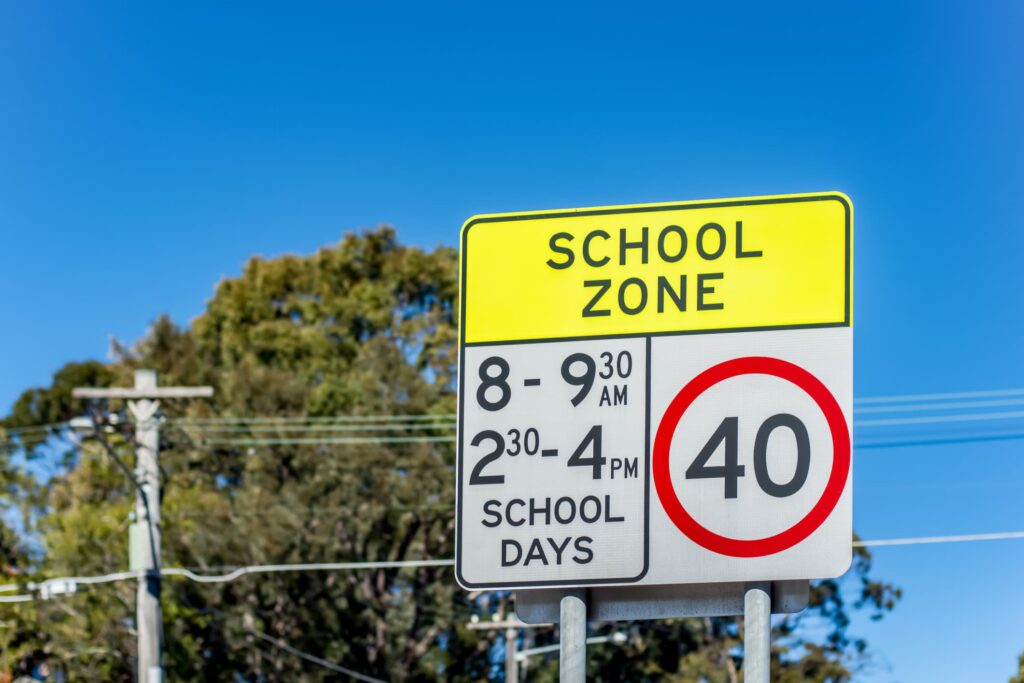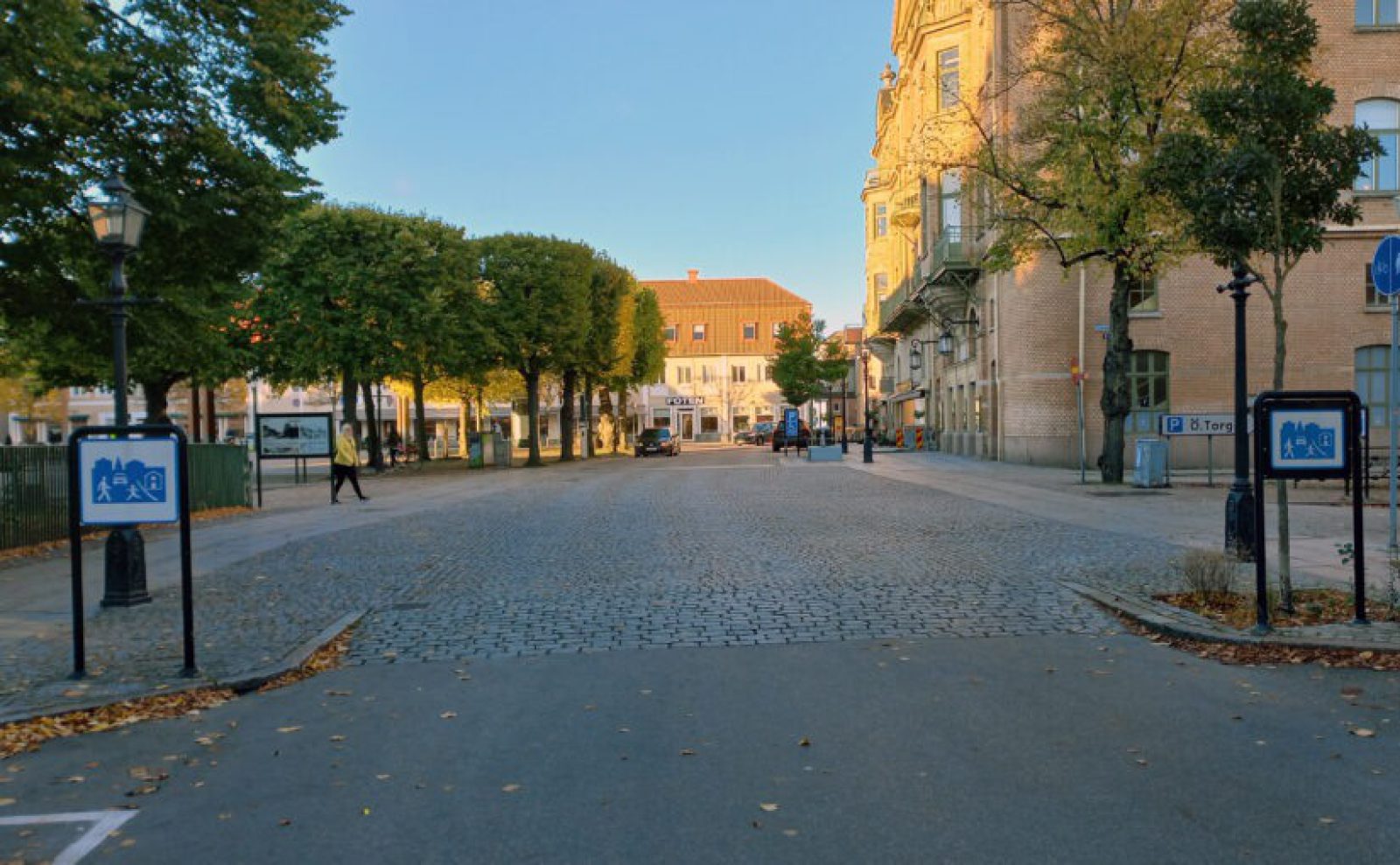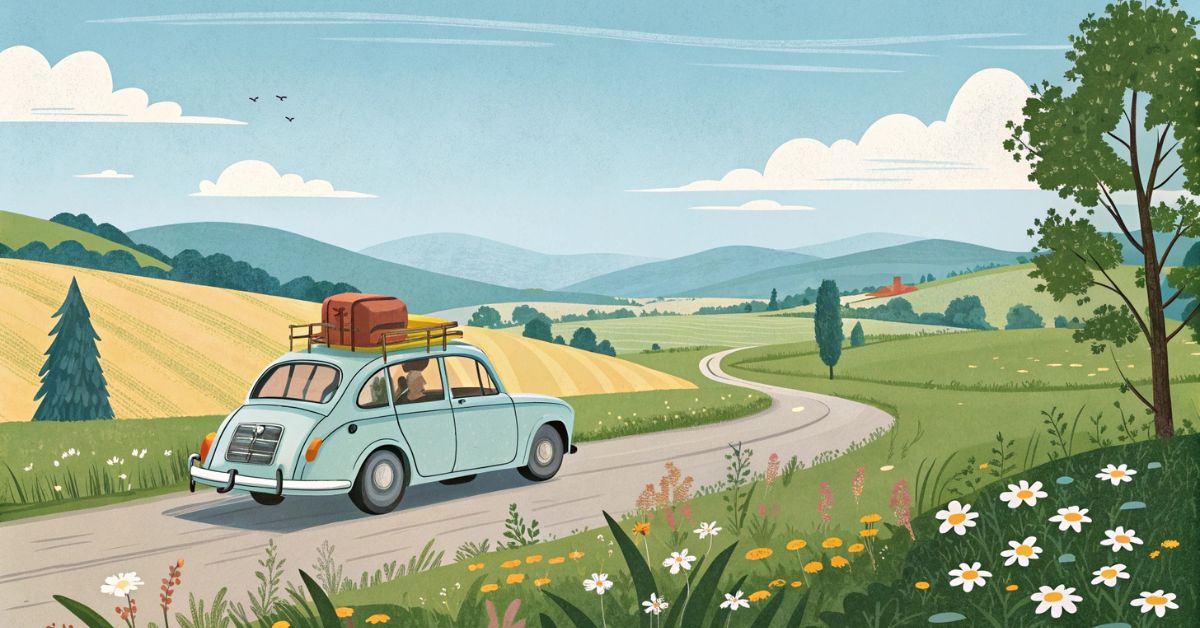As cities evolve to become safer and more people-focused, low-speed zones are proving to be one of the most effective tools in reducing traffic accidents, saving lives, and improving quality of life. These zones are not just about slowing cars down—they’re about rethinking what our streets are for and who they should serve.
In this article, we’ll explore what low-speed zones are, why they’re important, and how they benefit cities, communities, and the environment.
🚧 What Are Low-Speed Zones?
Low-speed zones are designated areas where the maximum legal vehicle speed is significantly reduced—typically to 20–30 km/h (12–20 mph)—to enhance safety and create more livable, pedestrian-friendly streets.
These zones are often implemented in:
- Residential neighborhoods
- School and hospital areas
- Downtown or retail districts
- Bike- and pedestrian-heavy streets
- Transit-oriented zones
The goal is not to inconvenience drivers, but to make streets safer and more accessible for all users, including pedestrians, cyclists, children, and people with disabilities.
🌟 Why Are Low-Speed Zones Important?
1. Reduced Risk of Fatal Accidents

Studies show that the risk of pedestrian death drops dramatically as vehicle speed decreases. A person hit by a car at 30 km/h has a 90% chance of survival, compared to only 10% at 50 km/h.
2. Safer Streets for Everyone
Low-speed zones reduce aggressive driving, speeding, and traffic violations. They encourage more predictable and responsible behavior from drivers.
3. Encouragement of Active Transport
People feel safer walking and biking in low-speed zones, which promotes healthier lifestyles and reduces dependence on cars.
4. Improved Community Life
Calmer streets promote outdoor activity, neighborhood interaction, and a stronger sense of community.
5. Lower Noise and Air Pollution
Slower traffic leads to smoother vehicle operation and fewer emissions, improving air quality and reducing urban noise levels.
🏙️ Where Are Low-Speed Zones Being Used Successfully?
🇬🇧 United Kingdom
Many towns and cities have adopted “20 is Plenty” zones in residential areas, which has led to fewer crashes and increased walking and cycling.
🇳🇱 Netherlands
Dutch cities like Amsterdam use “woonerf” or shared streets, where pedestrians have priority and vehicles are restricted to walking speed.
🇸🇪 Sweden
Stockholm’s Vision Zero policy includes extensive low-speed areas to minimize road fatalities and injuries.
🇯🇵 Japan
In school zones and residential streets, speed limits are kept very low, often 30 km/h or less, with visual cues and signage guiding drivers.
🛠️ How Are Low-Speed Zones Implemented?
✔️ 1. Speed Limit Signage

Clear, visible signs are installed to indicate reduced speed zones.
✔️ 2. Traffic Calming Infrastructure
- Speed bumps and humps
- Raised crosswalks
- Narrowed roads
- Chicanes (zig-zag curves)
- Colored pavement and curb extensions
✔️ 3. Designing for Visual Cues
Streets are designed to look slower—tree-lined sidewalks, narrower lanes, and pedestrian zones encourage cautious driving.
✔️ 4. Community Engagement
Residents are often involved in planning, helping to build public support and ensure the changes meet local needs.
✔️ 5. Enforcement and Education
Speed cameras, local police monitoring, and community campaigns reinforce the importance of obeying new limits.
🔍 Benefits of Low-Speed Zones
| Benefit | Description |
| 🛡️ Safety | Drastically reduces the risk of severe injuries and deaths |
| 🚶♀️ Walkability | Encourages walking, biking, and community interaction |
| 🌿 Environment | Lower emissions, cleaner air, and less noise |
| 🏡 Quality of Life | Calmer neighborhoods, especially for children and seniors |
| 💼 Local Economy | Pedestrian-friendly zones support small business foot traffic |
🚦 Low-Speed Zones vs. Traditional Speed Limits
Unlike general citywide speed limits, low-speed zones are hyper-targeted. They focus on sensitive or high-traffic areas and are often part of a larger urban design plan. They’re not just about law enforcement—they’re about restructuring how public space is used.
FAQ’s
1. What is a low-speed zone?
A low-speed zone is a designated area—often in residential or high pedestrian traffic zones—where the speed limit is significantly reduced, usually to 20–30 km/h (12–20 mph), to enhance road safety and livability.
2. Why are low-speed zones important for urban safety?
Low-speed zones help reduce the risk and severity of traffic accidents, especially for vulnerable road users like pedestrians, cyclists, and children. Slower speeds mean more reaction time and fewer fatal outcomes.
3. Where are low-speed zones typically implemented?
These zones are often established near schools, parks, hospitals, residential neighborhoods, and busy commercial areas where high pedestrian activity requires enhanced safety measures.
4. How do low-speed zones impact traffic flow?
While they may slightly reduce vehicle speeds, low-speed zones often improve overall traffic efficiency by decreasing accidents, reducing congestion caused by crashes, and encouraging smoother traffic behavior.
5. Are there environmental benefits to low-speed zones?
Yes. Vehicles that operate at consistent lower speeds emit fewer pollutants and less noise. These zones also promote walking and cycling, contributing to reduced car usage and better air quality.
6. How do cities enforce speed limits in low-speed zones?
Enforcement typically includes speed cameras, signage, police patrols, and physical road design features like speed bumps, narrowed lanes, and raised crosswalks to naturally calm traffic.
7. Do low-speed zones affect emergency vehicle access?
No. Emergency services are usually exempt from speed restrictions when responding to calls. However, well-designed zones maintain adequate access for fire trucks, ambulances, and police vehicles.
8. Can low-speed zones support local businesses?
Absolutely. Safer, walkable streets attract more foot traffic, leading to increased customer visits and longer stays in retail and dining areas, benefiting small businesses and boosting the local economy.
Conclusion: Slower Streets, Stronger Communities
Low-speed zones are about more than speed—they’re about safety, sustainability, and social equity. By creating spaces where people can walk, cycle, and live without fear, cities become more livable and connected. From schoolchildren walking to class to seniors crossing the street, everyone benefits from a city that puts safety and people first. As more communities embrace this idea, low-speed zones are becoming the new standard for smarter urban planning.



















